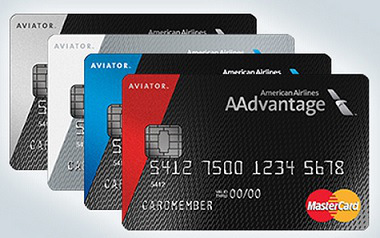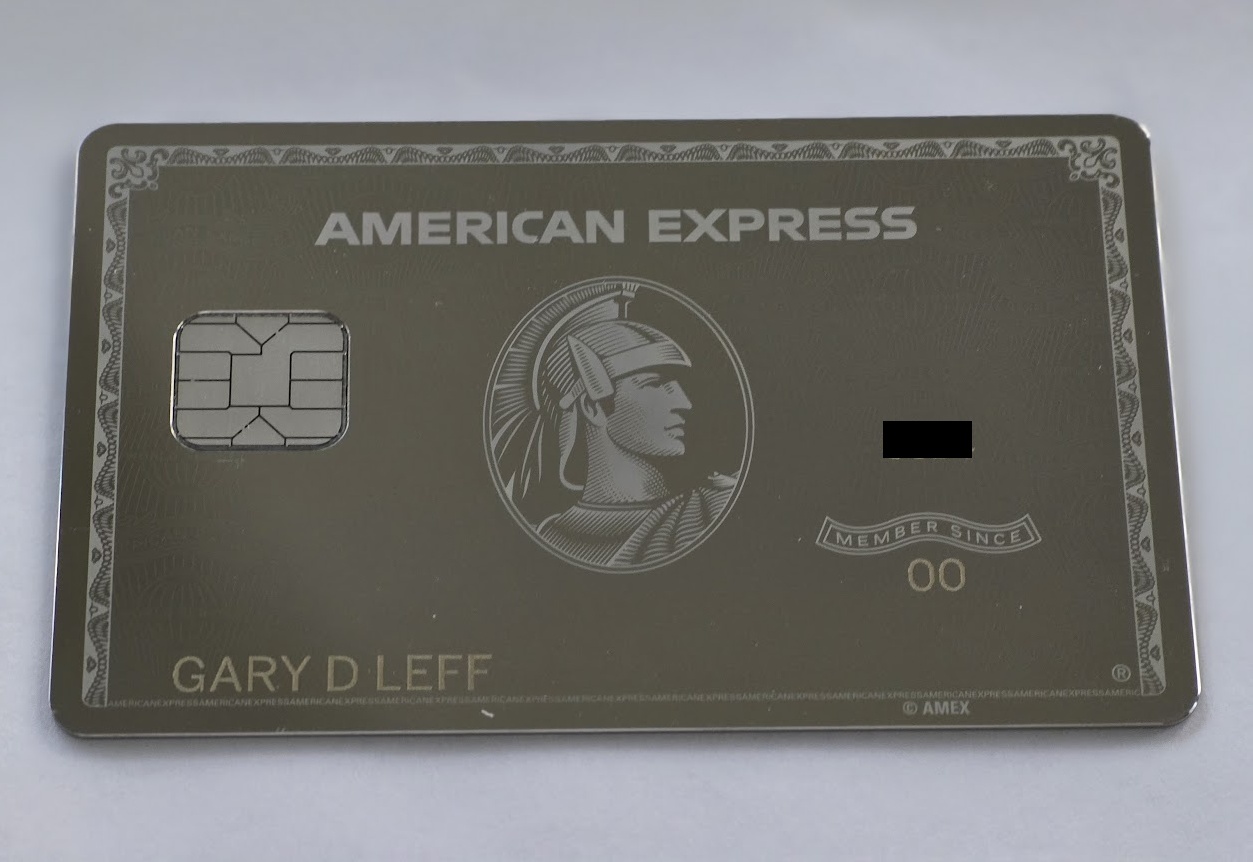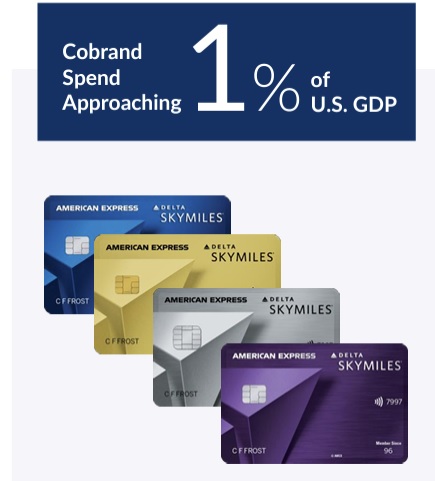Visa and Mastercard are reportedly near a deal to settle a 20-year lawsuit that would:
- Reduce credit card interchange by an average of 10 basis points (0.10%) gradually over several years.
- Loosen rules that merchants that accept Visa and Mastercard must take all of them, allowing businesses to reject some categories of cards, like business cards or rewards cards.
A 2024 settlement deal was rejected by the judge in the case, and these new settlement talks have revived the idea of broader merchant steering flexibility.
Premium Visa/Mastercard products – like Visa Signature and Infinite, World Mastercard and World Elite Mastercard – carry interchange that’s 15 to 30 basis points higher than no‑rewards products. What effect would allowing merchants to accept only ‘no rewards’ cards have on rewards?

Lower Interchange Fees Have Seemed Inevitable
Ten years ago I gave a keynote at a credit card industry conference where I told brands including airlines and hotels that they weren’t taking a future with lower credit card interchange seriously enough. It wasn’t going to right away, but it would eventually happen.
- It probably wouldn’t be because of folly like the Credit Card Competition Act or other legislation.
- But it could come from lawsuits, settlements, or competition from new payment technologies (although tech would be a long way off, processing blockchain payments was simply too expensive at the time as I noted in 2015). I thought it would eventually be new technologies – competition – ultimately driving down the cost of payment processing.
And this was going to have a huge effect on airlines, especially (and was a reason spinning off loyalty programs wouldn’t be as lucrative as some hoped, an argument that I made in a debate at another conference just before the pandemic).
Less Lucrative Credit Cards Could Have Profound Effects On Airlines
From the routes airlines fly, to whether or not an airline even survives, credit card revenue drives the airline business in the United States.
Delta Air Lines now admits it chooses routes based on where it can acquire credit card customers and grow American Express spending.

Southwest Airlines started flying to Hawaii and became one of the biggest players there, and uniquely offering service between the Hawaiian islands (crucial to locals), in order to have attractive destinations for their Rapid Rewards members – they didn’t have Europe or Asia or business class to inspire cobrand spend like Delta, United and American.

During the Great Recession airlines were pre-selling miles to banks at as much as $1 billion at a time to raise liquidity. The largest airlines raised between $5 billion and $10 billion each backed by their loyalty programs (largely by revenue from their cobrand credit card deals) during the pandemic, supplementing tens of billions in federal subsidies.
Airlines are a money-losing business without credit cards in many cases. American Airlines isn’t making money, despite $5 billion in revenue from selling miles that they’ve said comes with a 53% margin. And they At the end of the third quarter they had $36.8 billion total debt and $29.9 billion in net debt (after cash & short-term investments). Can they even service that debt without Citi?
Delta CEO Ed Bastian said that what the pandemic proved was that the federal government would always be there for airlines with subsidies when needed (“We’ve proven the governments will be there for us if ever needed again, hopefully never again.”). Are taxypayers on the hook for lower merchant processing costs?
What To Actually Expect
We don’t want legislation that crams down interchange because of its disruptive effects, not least of which on how lucrative it is to offer credit, and therefore the availability and cost of credit to the consumer. But something that has only modest effect (5%) on interchange overall and sets up merchants to compete for consumer card business probably doesn’t do that.
Ultimately,
- A ~10 basis point cut phased in over years is noise. The meaningful change is letting merchants decline “rewards” (and business) product categories. E
- Expect targeted non‑acceptance of premium rewards at thin‑margin or high‑ticket merchants, broader use of surcharging, issuer portfolio tweaks to offer some “merchant‑friendly” non-rewards cards, and some pressure on co‑brand everyday‑spend economics. This may also have an effect on American Express.
Over 90% of card spend is on rewards cards, and over 75% of cards offer rewards. Steering consumers away from rewards is going to be tough for many merchants because it risks a lot of their business. If the settlement is, as reported, requiring broad categories of cards so that a merchant has to reject all rewards cards and not merely (say) the most expensive Visa Infinite, it’s going to be a difficult choice! And that’ll limit the effect of the settlement.

Some low‑margin and monopoly vericals likely try this first – gas, utilities, government and education, medical billing, business to business pay‑by‑card – and high‑ticket sellers (jewelry, furniture). Many of these are among the most likely to cap card payments or to surcharge them.
Steering has the potential to save far less than a global 10 basis point cut in interchange, however. Say 15% of Visa/Mastercard credit spend gets steered down to non-rewards cards, they’re saving maybe a quarter what the interchange reduction does.
We probably do’t see this at some categories of merchants, like supermarkets, that are already getting lower interchange and the differential between premium and standard cards is lower. Meanwhile, widespread blanket bans on payment with rewards cards acrossretail are unlikely because of risk of loss of sales to merchants that do take the cards.
Note that the broad category of ‘rewards’ makes it a big decision to reject. And it also prevents product drift to slightly cheaper premium tiers. If a merchant opts out of “rewards,” all rewards products are captured. So this isn’t an incentive to reverse the trend away from Visa Infinite premium cards that are more expensive down to Visa Signature cards which don’t fund as richly.

Meanwhile, settling the case with real steering power may defuse momentum behind legislative ideas like the Credit Card Competition Act. So his could stabilize interchange at close to current levels for a long time. That’s the benefit to Visa and Mastercard in settling! And while there could be some effect for airlines, it won’t be a killer. You could imagine a $750 million gross revenue hit ($400 million net) to American Airlines.

And it may not have that big of an effect! American Express is generally more expensive to accept, but merchants who accept credit cards tend to accept Visa/Mastercard and American Express.

The simple way to steer consumers away from high-interchange products is not to accept Amex. And most do not do this. At some level, though, selective non‑acceptance gets easier once Visa and Mastercard open the door so this could pressure Amex interchange slightly in order to maintain acceptance. This could have some long-term effect on Delta, especially as their current co-brand deal needs renegotiation for 2029.

Bottom-Line
Visa/Mastercard wouldn’t do this if it materially harmed them. A 0.1% reduction in interchange won’t change much. Some merchants will reject rewards cards. Some consumers will keep basic non-rewards Visa/Mastercard or debit as a fallback. This settlement would affect the rewards ecosystem at the margin, raising transaction costs to consumers (via surcharges and hassle of juggling multiple payment methods). The overall business of payment networks, and the associated cash cow to airlines, would remain largely intact.
(HT: Hans)


I think the comparison to Amex is the right analysis. Higher fees but most places still take Amex. Hard to imagine most stores trying to regulate which credit card can be used at the till. What we will continue to see more of is 3-4% credit card surcharges / cash discounts, not 0.1% slicing and dicing.
Gary – as I’m sure you know many vendors in the categories you mentioned (utilities, government, education etc) already charge a fee for credit cards. I’m now running into it with many vendors like lawyers, home supply companies and contractors. Some won’t even take cards and require Zelle or Venmo. I suspect this will only get worse. I’ve reached the point the typical 3% add on does bother me but may well get to the point where I switch back to debit, Zelle/Venmo or cash due to surcharges, especially if rewards or benefits are cut.
Frankly I think the “glory days” are gone and we should all accept the new reality and plan accordingly.
Oh, please… the pearl clutching over this is absurd. First, no way any of this gets done soon, thanks to the de-regulatory and grifter-in-chief. Second, the excessive greed of corporations and the lack of consumer protections is still a very real problem. So, enough of the false narrative that this is ‘the end’ of our hobby.
Also, when the adults are back in-charge, let’s do US-261, universal basic income, and undo section 230, so we can stop social media companies from abusing their algorithms to promote disinformation. Next!
I don’t see most merchants going through all the trouble of differentiating between all the Visas & Mastercards.
Retired Gambler has it right. More and more merchants are charging a surcharge for credit card use. They are unlikely to start rejecting more expensive cards. They will simply increase the surcharge- probably for all card categories.
Fortunately the adults are in charge now. The result is likely to be more and more folks experiencing increased purchasing power. This tends to lead to a reduced concern over a 3% card surcharge.
@David – “the adults are in charge now” leading to “more folks experiencing increased purchasing power”, eh? What country are you living in, because it sure as heck ain’t the good old U S of A?
All I have is these cards. They would lose my business for sure. I would just walk out and leave it there.
After eating a $200 meal they can call the cops.
Not putting anything ever on my debit card as I never keep a balance there
My mom just used my card to buy $1200 of gift cards. There go those sales
I put $50.000 a year on my cards
This sounds like a nightmarish version of the discount coupons issued by Macy’s. If you ever read the fine-print you’ll realize that the offered discount excludes about 99.5% of the merchandise Macy’s sells. Do us all a favor and just tell us the three products we can use the discount on!! Are merchants now going to display (at cash registers or online) images of all of the Rewards Cards they AREN’T accepting? That should make things fun.
@1990 – Your comment is the intellectual equivalent of a toddler flailing in a sandbox. You spew meaningless buzzwords like “grifter-in-chief” and “social media disinformation” as if you have any idea what you’re talking about. The fact that you think repealing Section 230 or proposing Universal Basic Income is the answer to anything shows how utterly clueless you are.
You are not just wrong; you’re wrong squared. You’re wrong to the nth degree. You are the embodiment of wrong. You are the endgame of wrong. You are the wrongest wrong that has ever wronged the concept of wrong in the history of wrongdom. You’re so wrong, it’s like you’re wrong in another dimension where wrong is wrong, and wrong is also wrong. You’re wrong so hard that wrong is wrong because you’re here, wronging it all the wrong way. You’re not just wrong; you’re the wrongest wrong to wrong. You’re so wrong that you’ve managed to wrong right out of the wrong world, into a dimension where wrong is so wrong that it’s like you can’t even be wrong anymore. Your wrongness is so profound, so Earth-shatteringly wrong, that it’s like wrongness itself is now wrong simply because you wronged it.
In all seriousness, your attempts to sound clever just make you look like a fool. Keep typing; you’re making it painfully clear with every word how little you understand. Please always remember that you are a low class, meaningless piece of detritus. You’re not just a failure at this; you’re truly a miserable failure at life. And that’s no joke.
@Mike Hunt — What prompt did you use for that one? “Respond to 1990 like a whiny little bi…” Admit it, you’re @Penile, or whatever the troll with all the aliases is calling himself these days.
@1990 – Oh please. You’re clearly the prompt queen here. Desperation leaks from every line you cut and paste. And just like every other time, you’ve come up short.
Unlike you, I do not bother with multiple user names on this forum. But nice try. As usual, you’re a clueless joke, pointing fingers like a child in the dark. Such a predictable, boring little disappointment you are.
Do us all a favor and make yourself disappear. You’d be doing the world an enormous service.
Saving 0.1% on a $100 sale is 10 cents. Saving 0.5% is 50 cents. If any merchant starts rejecting my cards on such a small savings, here’s how it’s going to go – and I would suggest every other consumer follow my lead. Go to the store doing this and pull a bunch of small ticket items off the shelf, load your cart. $500 worth of stuff, from everywhere in the store. Go to checkout, let them reject your card. And tell them it’s your only card, you’ll have to restock all the items now. How much will that cost you, merchant? More than $2.50. Get a few people a day to do this and they’ll knock it off as a money loser.
@Mike Hunt — Subtle. Rest assured, I ‘Keep Myself Safe,’ all the time, every day. And the only ‘breaks’ I take are when I’m at an Aman or in EK F. Let’s be honest, better than Cathay F.
(Side note: RIP to Cheney. Or, did you guys disavow him, too… *sigh*)
@RetiredGambler – Yes I’m seeing it in the same categories you see, though many of those were sporadic about even accepting cards at all until recent years.
Also interesting that Walmart has been happily playing with Amex to the point of subsidizing the Platinum Card in the interest of acquiring more affluent client spend from Amazon Prime.
When the fat lady sings and the game is over I’ll rip them all up and say great decades of fun & rewards.
I spend way to much and it would save me a fortune and the hassle if all of it self destructs
This year I will have a 200k spend on a wide variety of cards and pay 3% surcharge on 60k alone
however having the protection if something goes wrong is clearly worth the extra 1% (2% rebate)to have leverage in the transaction.Now we will see if the sky falls!
Thank you, Mike Hunt, for saying what so many of us feel. But, given that 1990’s life revolves around being the first to comment on every post of Gary’s, to 1990 I say….”Bless your heart”
I have been saying for several years now that main street merchants are sick and tired having their merchant rates rising continually to support airlines. Most of them offer nothing of value to airlines. For the past two or three years, they have been adding a surcharge to credit card users, accepting no credit cards or accepting only debit cards.
While it is unlikely that U.S. will step in and regulate merchant discount fees any time soon, you can count on merchants to screw with banks and airlines. I support that.
Just don’t read its posts……
“You spew meaningless buzzwords like “grifter-in-chief” and “social media disinformation”…
Otherwise known as “bumper sticker slogans”.
The problem with 1990, like all leftists, is that he argues with his heart and not his head. This is because he holds no principles and advances an ideology that is clearly immoral. He believes the government should enact ideas he supports through the application of force, which, of course, all government actions require.
But, my favorite is his droning on about EU261. A perfect example of his desire for the use of government force to enact a program he desires. Since, at its core, EU261 is little more than a mechanism to compensate individuals for minor inconveniences, I would like to propose a few of my wishes.
1. The RRA. The Restaurant Reimbursement Act. Under this legislation, if my meal is delivered to my table more than forty-five minutes after I ordered it, then I would receive that meal free and an e-credit for another free meal during my next visit.
2. The DDR. The Doctor Delay Regulation. In this case, if I have to wait for longer than one hour beyond my scheduled appointment time to see my doctor, the visit is free, and I receive a coupon that covers my next surgery or diagnostic test.
3. The ADG. This relates to Amazon Delivery Guidelines, otherwise known as the “Bezos Law”. For example, if Amazon indicates my package will be delivered on Tuesday, but is not received until Thursday, or 48 hours beyond the expected time, my order is free and I also earn a free trip on Bezo’s next spaceship flight.
Since 1990 fully supports legislation such as EU261, then he has no reason for not supporting the legislation I have proposed. If not, then he is demonstrating, again, his hypocrisy.
My new hero! Team Mike Hunt. With just a response or two, Mike has utterly broken the bloviator of travel blogs known as 1990.
@mikehunt: That was so funny I had to cut it out and save it to notepad for future use.
@mikehunt, love you man. Unfortunately, 1990 is so stupid, he will never realize he is so stupid.
I wonder if 1990 is DCS (remember him)?
Abrupt change in cards would likely lead to a lot of angry consumers. I suspect some mom and pop shops will be the ones to do that, which is mostly the case currently. We’ve reached a point where we’re all headed backwards again, of where some take cash and some take cards and it’s all over the place.
Honestly, any shop that suddenly decides it doesn’t want to take my card had better plan on a lot of put-backs. I’ll be polite, but if suddenly they don’t want X card (and it’s a guessing game as to what they will take), that’s likely to become a rejected transaction.
TDS is real in the comments, it seems, and Dick Durbin is to blame for most of this. It all started with his “Durbin Amendment,” which he championed in the 2010 Dodd-Frank Act.
1990 grifter in chief did not do this. Get your facts together!,Daaaaaaaa
time to move to cash-back cards and forget the rewards card shell game